Press releases are often templated with specific elements. These elements and their layout make it easier for reporters and journalists to extract the information they want to get out of it and provide more resources if they need them. Each element serves a purpose, but far too often, businesses write press releases with those elements left as afterthoughts.
One such element is the editor’s note field. It’s a surprisingly important and valuable field often disregarded entirely or packed so full of details that it becomes useless.
How can you create a helpful editor’s note without going overboard? Here are our tips.
What is an Editor’s Note?
The editor’s note is essentially a footnote or info block at the bottom of a press release, like how a blog post typically has author information at the bottom.
It’s meant to be an informational section that provides background and details that the reporter may find helpful, but that doesn’t fit in the main content of the press release.

In broad strokes, the editor’s note lets the editor know who you are, what you do, and other background information. It’s a valuable way to give overarching context to a story and help reporters who may not be overly familiar with your brand understand where you’re coming from. Reporters who know who you are and have covered you before may not need anything from that box, but those who aren’t familiar already can find it helpful.
One of the biggest mistakes small businesses make when writing a press release editor’s note is cramming too much information into it. Yes, it can be essential to convey your background information, but if the editor’s note gets too long or too dense, it wraps back around to no longer be helpful to anyone.
What Should an Editor’s Note Include?
As template-based as press releases are, there are many pieces of information you can include in your editor’s note, but the trick is picking the ones you should include. This technique varies depending on what else you’ve already included in your press release, what can be considered common knowledge, and what an editor or reporter might find most helpful when they write coverage of the topic of your press release.
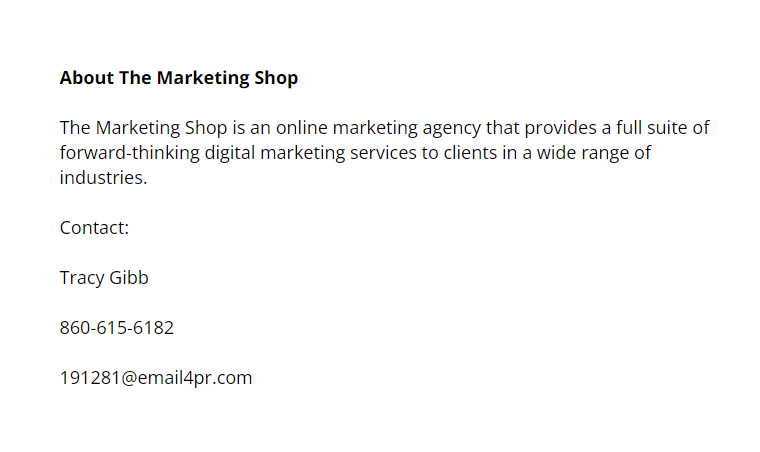
Common topics include:
- Information about your company. Similar to a company profile or author bio, this should be basic information about your company. It can include the founding date, overall purpose, industry, main products, awards, location, and similar information.
- Relevant information on other companies. It’s similar to the information block about your company but shorter and focused on the relevant points of the partner organization. This section is only necessary if your press release focuses on another company, such as announcing a partnership.
- Source citations. If your press release mentions statistics or data you reference from a third-party source, you should cite those sources, and the editor’s note is a great place to cite those sources.
- Contact information. This section is often considered important enough that it has a separate area rather than part of the editor’s note. It provides means of contact if the reporter wants to reach out for more information.
When creating your editor’s note, you’ll need to decide what to include and leave out. There are a few considerations that go into this.
How to Put Together an Editor’s Note
Putting together your editor’s note comes down to knowing what to include, which means considering the people reading the message, what information is already included in the rest of the press release, and what the recipient already knows. Always ensure you understand who will receive your press release, as it may not fit their audience well. You may want to create several variations on your press release to submit them to different venues and publications.
Here are the four elements that you should include in your “Editor’s Note” section:
1. Company Information
The company information section can be worth reiterating things like who you are, when and where you were founded, and what you offer as a company. Remember, though, that you want to tailor this information to the people reading your press release. If you’re writing a financial statement for the Financial Times, low-level information about your company can be pretty valuable, but marketing information about your products is less useful. Conversely, a marketing press release benefits more from product information and less on when and where you were founded.
For example, most press releases from Coca-Cola close out on a boilerplate company information section. This section details what the company does, a list of its brands, some of its social initiatives, and standard contact information like its website and social media links.
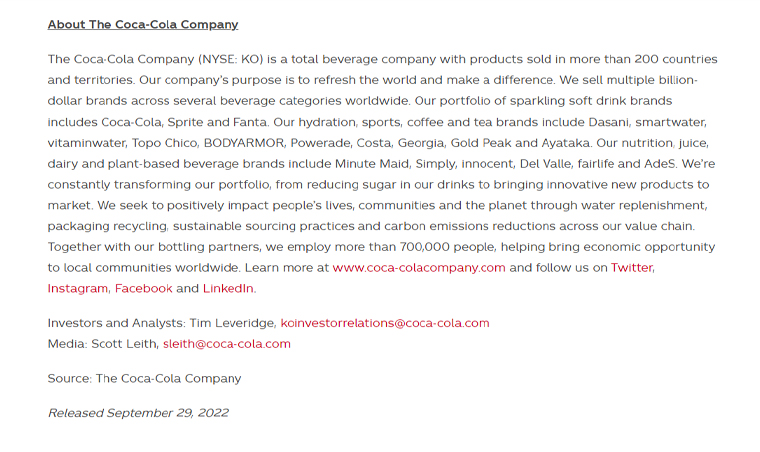
If you scroll back through their press releases, you can see that this boilerplate information changes over time. In broad strokes, though, the data is standardized. They include a different selection of brands, different phrasing and emphasis on various initiatives, and so on.
Is this an example of a good editor’s not? Perhaps not. Many journalists are familiar with reaching out to media managers and press contacts at significant companies or using information they synthesize elsewhere, as needed. While they have a lot of information about their own company, they don’t offer much else. But, it’s enough for the people likely to be reading these releases.
2. Detail About Partner Company When Applicable
This section is only relevant if your press release involves another company. If you’re announcing a partnership, acquisition, merger, or other engagement with another company or organization, information about that other organization is very useful to potential editors and reporters. On the other hand, if you aren’t announcing anything to do with another company, there’s no real reason to include information about another company.
Here’s specific information, again from Coca-Cola. This press release, announcing Zendaya as a brand ambassador for one of their brands, also makes mention of the organization Global Water Challenge.
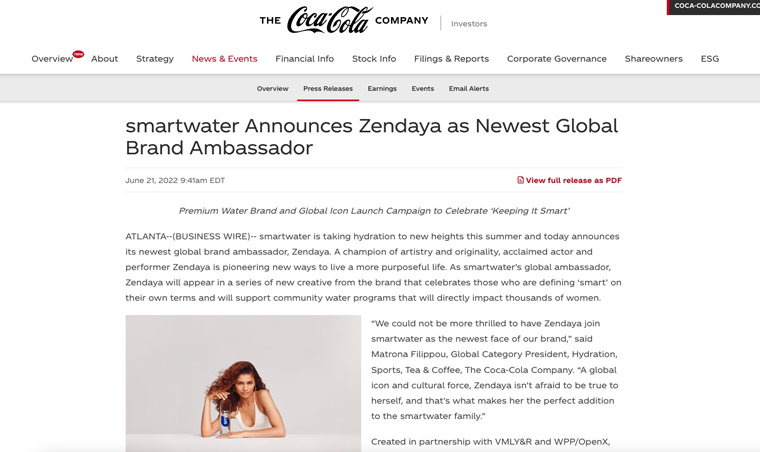
The body of the release includes a few details about this organization. Still, the editor’s note at the bottom consists of much more information about that organization that can be useful to reporters.
3. Source Citations When Applicable
If your press release cites statistics, studies, or information that comes from third-party sources, the sources of that information need to be provided.
This citation can be inline in the press release or footnote/editor’s note citations. It’s usually not helpful to duplicate in both places. Much like everything about press releases, neither option is the “best” option; it comes down to whichever format is most beneficial to your recipients.
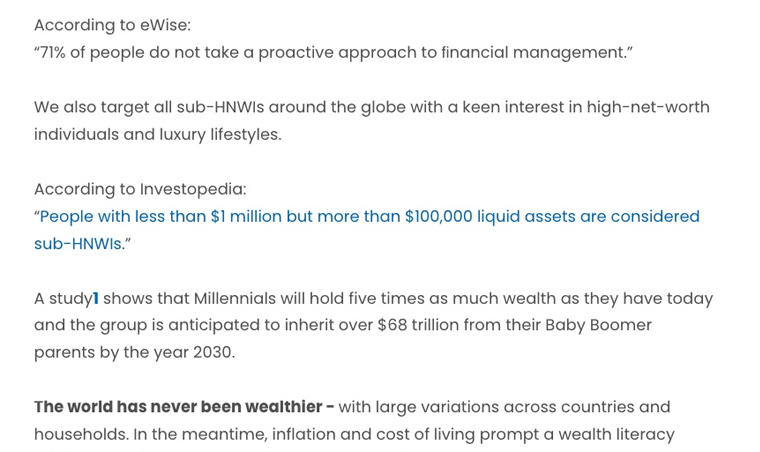
One thing you should avoid doing is including citation documentation as attachments to your press release. While this can be okay in certain limited situations, many reporters and editors will not see it. Their email system may strip attachments, or they may not open them because of cybersecurity concerns.
For example, if the information you’re citing is in a PDF or other format, you could host that file on your website and link it from your press release, allowing the reporter to obtain it on their own. PDF files have a habit of going missing over time as files get pruned and deleted; hosting them yourself will avoid this issue. And who knows; you may even gain some valuable PDF backlinks to further your press release SEO efforts.
4. Contact Information
Contact information is tricky because you need to include the right kinds of contact information. Typically, this information should be specific, relevant to the people involved in the newsworthy topic, and helpful to the reporter.
For example, a link to your company’s Facebook page is not usually helpful for this section (though it can be relevant to your company information block.) A reporter looking for more information is unlikely to want to navigate your Facebook page to reach out to you; they want an insider track that is more likely to get a response from someone higher up the chain than your social media managers and who has factual information to contribute.
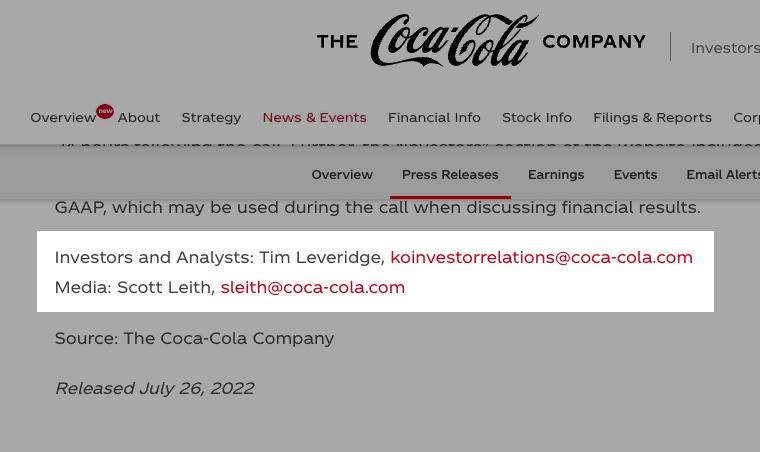
If you intend for your press release to be published as-is across the web, including otherwise-private contact information (like email addresses and phone numbers) for your executives may not be a good idea. On the other hand, if the press release is targeted at specific reporters and not for general consumption, offering those reporters a direct line to relevant executives can be a great option. This section is also where the audience comes in.
Their releases have specific contact information for two people. The first is their investor relations specialist, Tim Leveridge, and the company investor relations contact email. The second is their media manager, Scott Leith, and his company email. Both can be useful to reporters looking for quotes or greater detail on specific points.
How Long Should Your Editor’s Notes Be?
The overall length of a press release and specific sections of a press release is a matter of contention. Some people believe a press release should be short and punchy, with plenty of options for further reading and research if a reporter wants to take them. Others believe the press release should be as self-contained as possible to give the reporter everything they need to write a story, minimizing their legwork (which maximizes the chances that they’ll produce a report.)

There’s no correct answer here. It’s one of the most significant challenges of writing a good press release. Short or long, the key is to keep it practical. If a piece of information isn’t relevant to the story or a sentence doesn’t add value, you can safely cut it:
- A more extended press release with more room for keywords and other marketing information can be beneficial if the press release is for a broad or general publication.
- On the other hand, a press release aimed at specific journalists may be narrower and more focused on what that publication or that reporter is likely to want to see. The reporters and media you’re sending your press release to can also affect this technique.
One of the editor’s notes’ most significant risks is making them too long, with too little value. This situation is where Coke’s press releases fall a little flat; their boilerplate isn’t valuable in bulk because much of the information is common knowledge or readily available and also not beneficial to many audiences.
How Should You Format Your Editor’s Notes?
This discussion is another area of contention:
- Some believe that the editor’s notes should be a bullet list of specific notes to specific editors.
- Others format it as another informational block, like what Coke does in its press releases.
Again, both are fine, depending on your goals and the format for your press releases. It’s more important to pick a style and maintain consistency than to choose the “right” format.
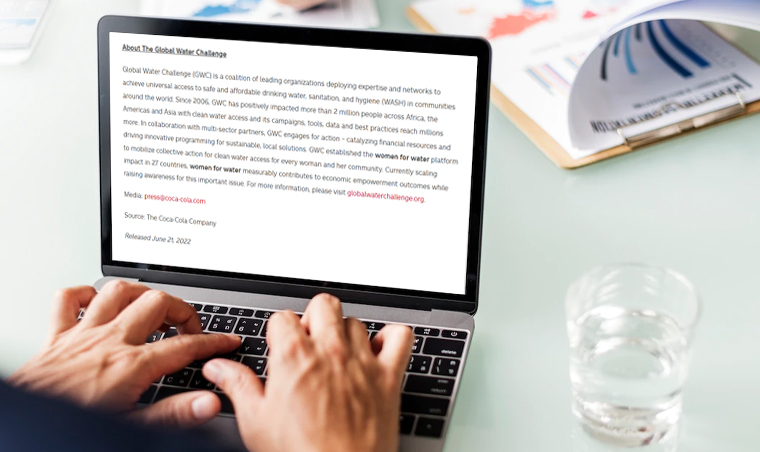
A bulleted list format has one advantage, which is that it’s easier to read individual notes and extract value from them than from a more significant paragraph of information. It encourages you to keep it shorter, punchier, and more useful for journalists and reporters when you format it this way.
On the other hand, a list format also makes it harder to include everything you may want to have because the list gets much longer. Then again, this isn’t necessarily a drawback, as it forces you to decide which lines and information are essential to your press release.
Need Help Writing Great Press Releases?
There’s no shame in it; press releases are tricky to write, and it takes experience to get them right. Even using templates can only do so much. Luckily, there’s an option available if you want great press releases paired with excellent distribution.
Our press release writing and distribution services allow you to critique and improve your press releases or even write new releases for you. We can help you help yourself, or we can handle it for you with our years of expertise. Either way, you’ll get an excellent press release submitted to newswires, journalists, and industry-leading publications, no matter what. We’ll help you put together the perfect press release and can even help you get it published on some of the world’s largest websites. If that sounds like a great deal to you, contact us today.
